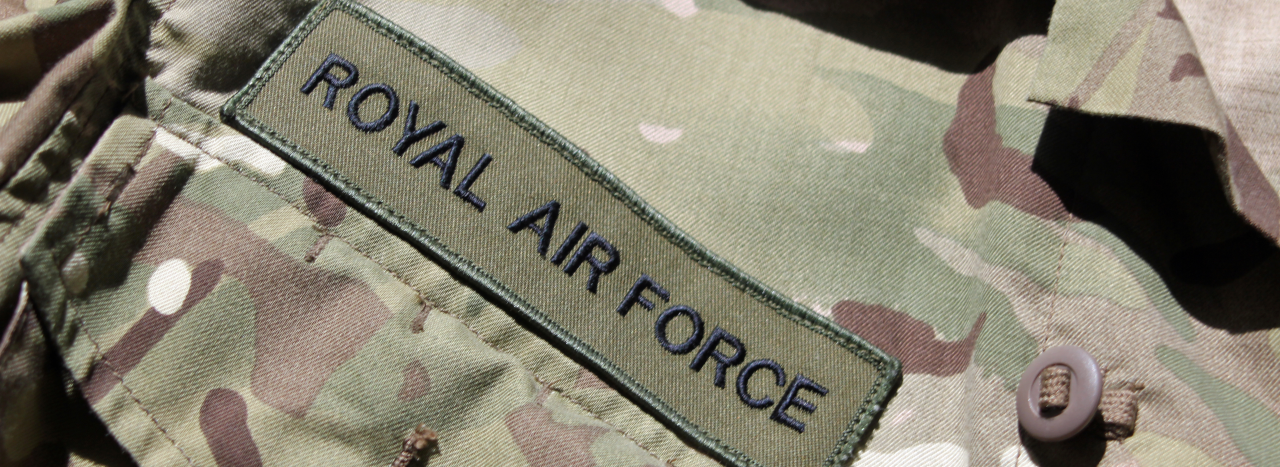RAF Neatishead bunker fire
20/11/1992 Norfolk, UK

Type of Fire
Hydrocarbon
Ignition Source
Arson
Duration
Approx 10 hours
Casualties
3 fatalities
Cost
Cost of life, repairs
What happened at RAF Neatishead in 1966?
On 16 February 1966 a fire broke out in the R3 bunker complex of RAF Neatishead.
RAF Neatishead is a radar site operated by the Royal Air Force (RAF), it was fitted with what was state of the art equipment in 1960.
How did the RAF Neatishead bunker fire start?
The fire was started deliberately and the perpetrator was arrested and sentenced.
It was discovered at around 12:27pm when occupants noticed a burning smell. Upon further investigation a well-established fire was found on a flower floor and the alarm was raised. Three station officers proceeded to fight the fire.
At 12:50pm, the station base fire service arrived - this was a crew of two; one firefighter and one station officer. The firefighter connected a hose to a hydrant, but no water was flowing. After 90 minutes waiting for water the hose was reconnected to a different supply. Two hours after the fire was discovered a map of the bunker was produced.
Firefighters found the seat of the fire approximately three hours following its original discovery. Jets of water quickly turned to steam, forcing the firefighters to retreat. Breathing apparatus were required with 20 minutes supply, however, they were in operation for more than 30 minutes. The three firefighters were now missing in the fight to extinguish the fire.
The fire raged on until 22:00 hours when the decision was made to flood the bunker. It took three days to pump the water out.
Tragically, over the next few days the bodies of the firefighters were discovered.
What can the industry learn from the RAF Neatishead bunker fire?
Investigation into the incident revealed that many protocols that were in place were not followed;
- No personal lines
- No guide lines
- Short duration sets
- Comms entangled and lost
- No heat humidity training
- No water supply due to security lock-offs
As a direct result of the incident the following procedures were put in place;
- A review of evacuation and procedures
- Specification and operation requirements for equipment and services

